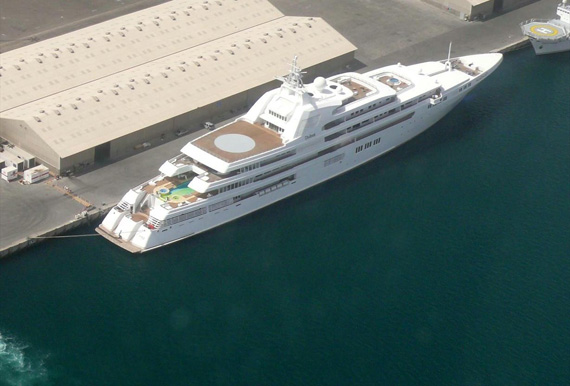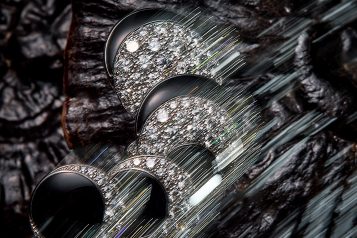MOLOKAI
Why Visit: While once a leper colony, today, Molokai is an idyllic escape from the rigors of every day life. The island doesn’t even have so much as a stoplight, so don’t come here if you are banking on luxurious resorts filled with modern comforts. But for those who want to shed their BlackBerries and get back to “the way things were—island style,” this is where you want to lay your weary head.
Where to Stay: With a tagline of “The Last Authentic Hawaiian Vacation Experience,” Hotel Molokai was fashioned after a Polynesian village with an aloha spirit in mind. It’s also one of the only hotels on the island, so if Molokai is your over-night destination, book one of the oceanfront, open-air bungalows now.
Must See: While the island boasts the highest sea cliffs in the world as well as the tallest waterfall in Hawaii, we would be remiss to not direct your attention to Kalaupapa National Historical Park. It was once an exile settlement for people suffering from Hansen’s disease, also known as leprosy. Its location at the base of the highest sea cliffs in the world helped serve as a natural boundary for the isolation of those infected by the disease. Today, the original buildings of the colony are preserved within the park in order to continue to tell the stories of Hawaii’s rich history.
Nature: Halawa Beach Park is home to one of the most secluded beaches in all of Hawaii, sometimes not seeing more than one visitor per day.
Adventure: Near the summit of Molokai’s highest mountain sits Kamakou Preserve, which is home to some 250 plants—219 of which can be found no where else on earth. The rainforest is alive with vibrant birds and insects that are also unique to the area. But getting there is not easy; each month, there is only one guided hike, during which Nature Conservancy staff and volunteers lead travelers along a narrow and somewhat daunting boardwalk.
Off the Beaten Path: Under the waters off the coast of the south side of Molokai lies Hawaii’s longest barrier reef, yet, due to rough sea conditions, divers rarely visit the site. Intermediate or advanced scuba divers can head underwater if conditions permit, where they’ll be rewarded by sightings of rare species of fish and coral.






















